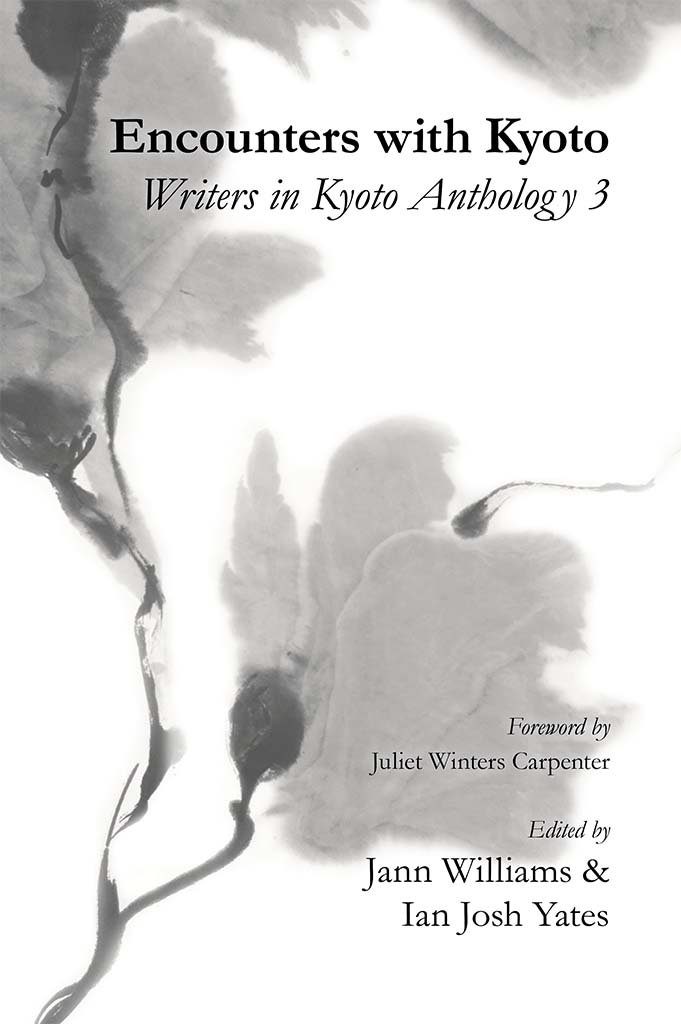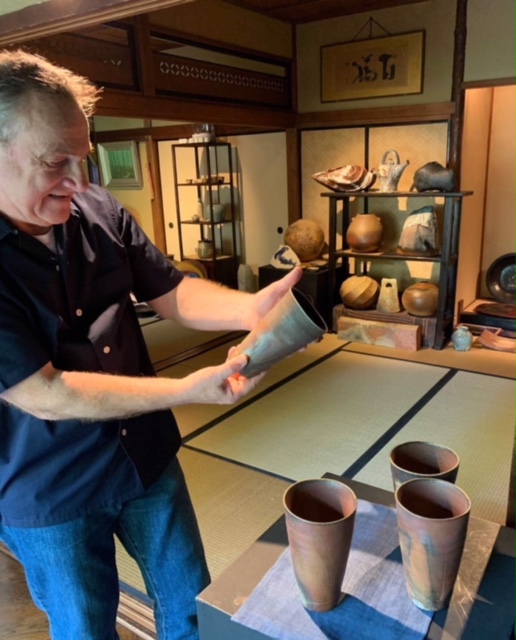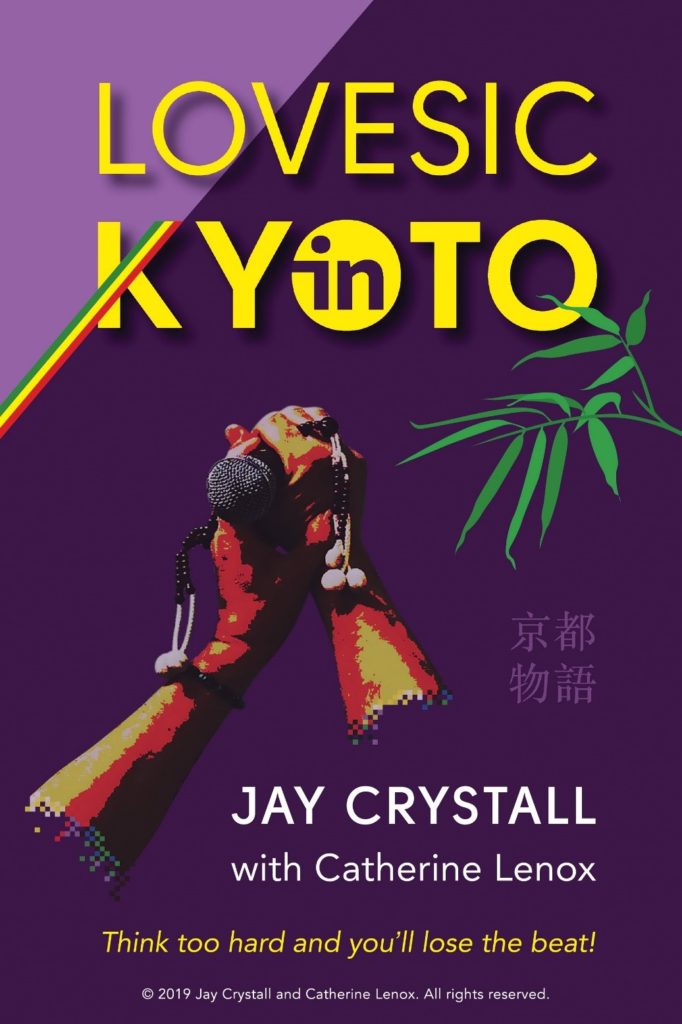Book review by Josh Yates
People Who Eat Darkness: The True Story of a Young Woman Who Vanished from the Streets of Tokyo – and the Evil by Richard Lloyd Parry (Farrar, Strauss and Giroux, 2012,454pp)
*****************
“Japan’s a safe country”
“Women can walk around in the middle of the night and not worry”
These are common enough stereotypes that you might even hear from an ex-pat who has spent a number of years living in Japan, and they hold some truth.
But darkness can be found even in the land of the rising sun.
Richard Lloyd Parry knows it too, maybe as well as anyone, after working the Tokyo beat as a journalist starting in 1995. Parry had as close a view of the crimes surrounding the disappearance of Lucie Blackman and the insane, unbelievable if it hadn’t been true, investigation and trial that followed.
For anyone unfamiliar with the case, a bit of background (I’ll avoid major spoilers, but the book itself is far more than just the details anyway), Lucie Blackman was a young English woman who went missing while living and working in Tokyo in the year 2000. This led to the revelation for her family that in actuality Lucie had been working at a hostess club, far from the type of work her parents had pictured.
Now, hostesses are not sex workers, but the work certainly involves the selling of a sexual image at the very least, as well as almost always selling your time outside the clubs to date and spend time with important customers.
When it became apparent that something very odd was happening, Lucy’s family rushed to Tokyo in an attempt to pressure the police to do more. This begins the story that will lead to battles between the Blackmans and the Japanese Police, the narrowing down of a suspect, and the eventual, though delayed, finding of a young woman’s body.
Simple cut and dried case?
Not at all.
There are so many twists and turns along the way that I’m not sure any critic would want to even attempt to list them. All the detail gives us a heavy book, but, if I haven’t hinted enough already, one that a reader will not want to skip a single page of, or put down for any longer than it takes to get some sleep.
Parry shows an ability to take a jumble of information and put it all down in a way for the reader to feel that they haven’t missed anything, but haven’t been bogged down either. The writing is fluid, intelligent, and always intriguing. Parry leads us on an incredible walk, one in which we often want to close our eyes but take peeks between the slits of our fingers to catch a glimpse of the monster.
And what a monster it is… but I did promise not to spoil anything, didn’t I.
Suffice it to say that Parry found a character in Joji Obara who belongs in the works of Thomas Harris.
However, maybe the most incredible part of this book is that the darkness eater and his horrible crimes don’t become the sole focus. Instead, at least two more amazing stories emerge.
Parry spends a large part of the book humanizing Lucy’s father, who might have been easily tossed aside as a 2D minor villain or a simple schmuck. While the news reporters at the time seemed to have decided that Tim Blackman was not the grieving father he ought to have been, Parry doesn’t leave it at that but spends time filling in blanks and painting the full picture that was glossed over too often in the media coverage.
Finally, along with all of that, Parry is able to wind in the story of the Tokyo police. Are they misunderstood by the foreign media? Highly Inept? Or playing a game to which only they know the rules? Along with all the other wonderful points that make this book worth recommending, anyone interested in the case of Carlos Ghosn might find it a valuable insight into the workings of Japanese police investigation and the criminal process as a whole.
This is a remarkable book, and Parry is a worthy journalist and author. In his later work, Ghosts of the Tsunami, Parry took the deaths of thousands and found individual stories within all the suffering. Here, with just one young woman’s death (oh, but maybe not!), Parry finds the bigger story.
A masterpiece of true crime writing.
******************
See here for the Wikipedia page of Richard Lloyd Parry














Recent Comments